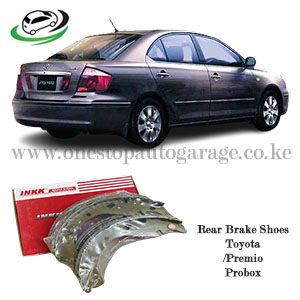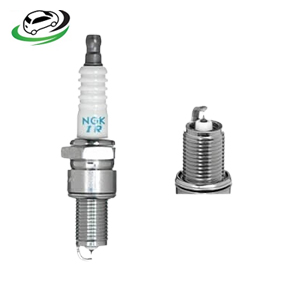-11%
Get Front Brake Pads 61-PN7060 Subaru Legacy 2.5 GT, Forester 2.0 XT
Brake pads are a crucial component of a vehicle’s disc brake system. They are flat pieces of steel with a thick layer of friction material on one side. When the brakes are applied, the brake pads are pressed against the brake rotors (discs), creating friction that slows down and stops the vehicle.
Key Features
- Friction Material: The part of the brake pad that makes contact with the rotor is covered with a high-friction material, designed to withstand high temperatures and pressures.
- Backing Plate: The metal backing plate provides structural support for the friction material and serves as the mounting point for the brake caliper.
- Shims and Slots: Many brake pads come with shims and slots to reduce noise, vibrations, and harshness (NVH).
Types of Brake Pads
- Organic (Non-Asbestos Organic, NAO): Made from materials like glass, rubber, and resins. They are quieter and softer, providing a comfortable braking experience but tend to wear out faster.
- Semi-Metallic: Contain metal fibers (like steel, iron, and copper) mixed with other materials. They offer excellent performance and durability but can be noisier and cause more wear on rotors.
- Ceramic: Made from ceramic fibers, nonferrous filler materials, and bonding agents. They are quiet, produce less dust, and are durable but generally more expensive.
Benefits
- Effective Braking: Brake pads provide strong and reliable stopping power, ensuring vehicle safety.
- Heat Resistance: Designed to withstand high temperatures generated during braking, which helps prevent brake fade.
- Reduced Wear: Quality brake pads are engineered to minimize wear on both the pads and the brake rotors.
- Noise Reduction: Modern brake pads often include shims, slots, and chamfers to reduce noise during braking.
- Consistent Performance: Provide reliable braking performance under a variety of driving conditions.
Signs Your Brake Pads Need Replacement
- Squeaking or Squealing Noises: A high-pitched noise when braking can indicate that the brake pads are worn down and need to be replaced.
- Grinding Sound: A grinding noise usually means the brake pads are completely worn out, and the metal backing plate is contacting the rotor, which can damage the rotor.
- Reduced Braking Efficiency: If your vehicle takes longer to stop or the brakes feel less responsive, it might be due to worn brake pads.
- Brake Warning Light: Many vehicles have a brake warning light that may illuminate when the brake pads are worn.
- Vibration or Pulsation: If you feel vibrations or pulsations through the brake pedal when braking, it could indicate warped rotors or unevenly worn brake pads.
- Thin Brake Pads: Visually inspecting the brake pads through the wheel spokes, if you see that the pad material is less than a quarter inch thick, it’s time for a replacement.
- Pulling to One Side: If the vehicle pulls to one side when braking, it could be a sign that the brake pads on one side are more worn than the other.
Follow us on Facebook for more parts.



